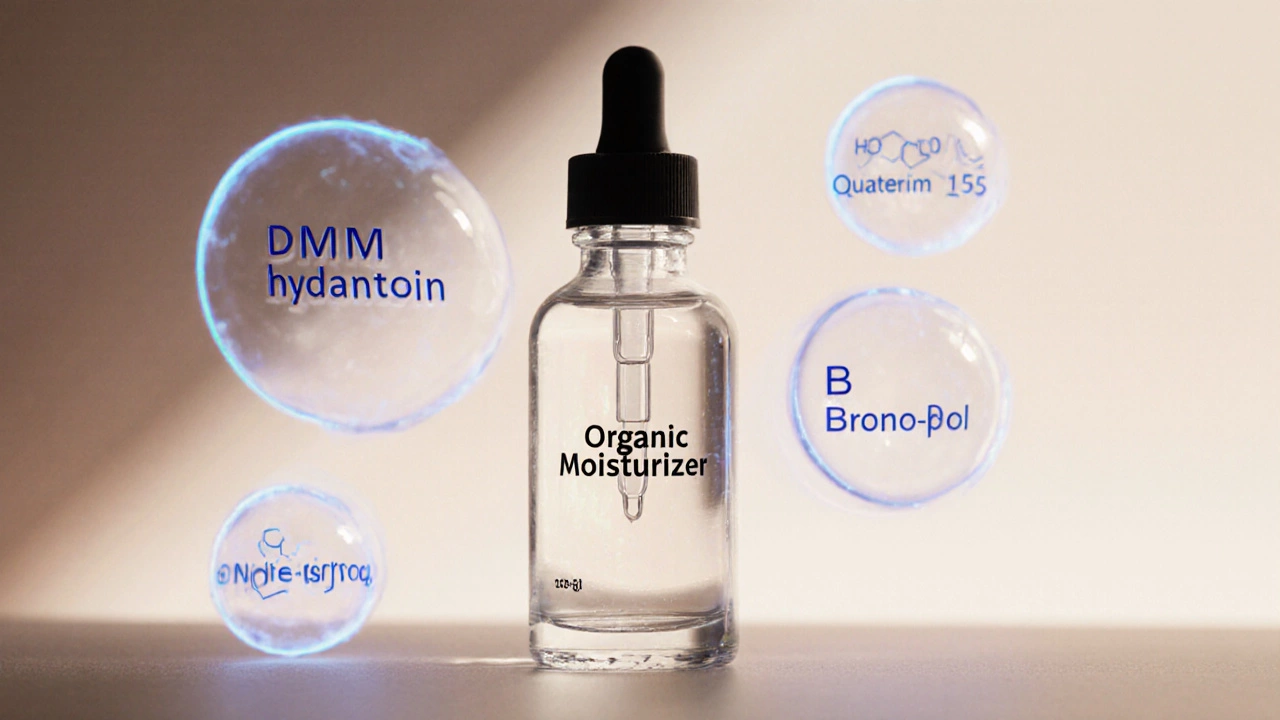Toxic Skincare Ingredients: What to Avoid and Why It Matters
When you pick up a bottle of moisturizer or cleanser, you’re trusting that what’s inside won’t hurt you. But many common skincare products contain toxic skincare ingredients, chemicals linked to skin irritation, hormone disruption, and long-term health risks. Also known as harmful skincare chemicals, these substances are still allowed in products sold in the UK and elsewhere, even when safer alternatives exist. You don’t need a chemistry degree to spot the red flags—just a little awareness.
Take parabens, preservatives used to stop mold and bacteria in creams and lotions. They’re cheap and effective, but studies show they can mimic estrogen in your body, potentially interfering with your hormones. Then there’s sulfates, like sodium lauryl sulfate, which create that foamy lather in cleansers. They strip your skin’s natural oils, leaving it dry, tight, and more prone to irritation—especially if you have sensitive or acne-prone skin. And don’t overlook phthalates, plasticizers hidden in fragrances that can disrupt endocrine function. They’re not always listed directly on labels because they’re tucked under "fragrance" or "parfum." That’s not transparency—that’s a loophole.
These aren’t just buzzwords. Real people are seeing changes in their skin after cutting these out: fewer breakouts, less redness, better moisture retention. One woman in her 40s switched from a popular anti-aging cream full of parabens and sulfates to a cleaner formula and noticed her eczema flares dropped by 70% in six weeks. That’s not luck—that’s removing irritants that were working against her skin’s natural repair cycle.
It’s not about perfection. You don’t have to toss everything at once. Start by checking the back of your cleanser, toner, or moisturizer. Look for those three words: parabens, sulfates, phthalates. If you see them, consider swapping one product at a time. There are plenty of effective, gentle options out there that don’t rely on these chemicals. Brands that list everything clearly, avoid synthetic fragrances, and use plant-based preservatives are becoming easier to find—even in high street stores.
What you’ll find below are real, practical guides that break down exactly which ingredients to watch for, how to read labels without getting overwhelmed, and which products actually deliver results without the hidden toxins. From simple swaps for sensitive skin to deep dives into what makes a skincare brand truly clean, these posts give you the tools to make smarter choices—without the jargon or fear tactics. You don’t need to buy everything new. You just need to know what to avoid, and why it matters.

